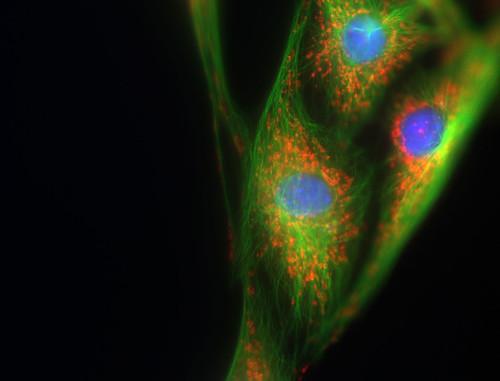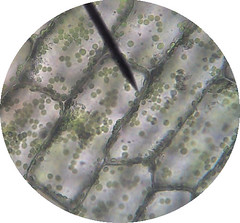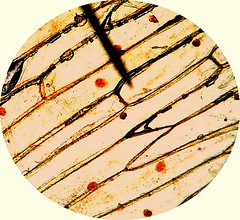 Are Flames Alive?
Are Flames Alive? video question
Here is a link to the worksheet I handed out in class:
The Martian and the Car,
in case you misplaced it. Feel free to get ideas from brothers, sisters and even parents, if you wish.
25 pts.
A short video:
Introduction to the characteristics of Life
Reading: (3 pages)
What is Life? 10 pts.
Hopefully you brought your jars of salty water + "whatever" home. Just to remind you of the assignment, here goes:
1. Put your jar in a safe, not-too-hot spot, where it will not be thrown away or forgotten. Tell your family about it so they will not dispose of it either. Maybe give it a name. (Peanut is taken, but Peanuts could work.)
2. Set aside two or more pages in your science log for making observations, drawing illustrations, and asking questions.
3. Make your first day's observations.
-Write a description
-Draw what you saw under the microscope
-Make a hypothesis about what it might be, or what category: plant, animal, fungi, protist, bacteria?
-Is it alive? what makes you think so?
-What might it need in the coming days?
Goal is to keep these kritters alive and observe them for at least three weeks, and grow them as large as possible, and to use our most careful descriptive writing skills possible. OBSERVE, OBSERVE, OBSERVE!
15 pts.






































